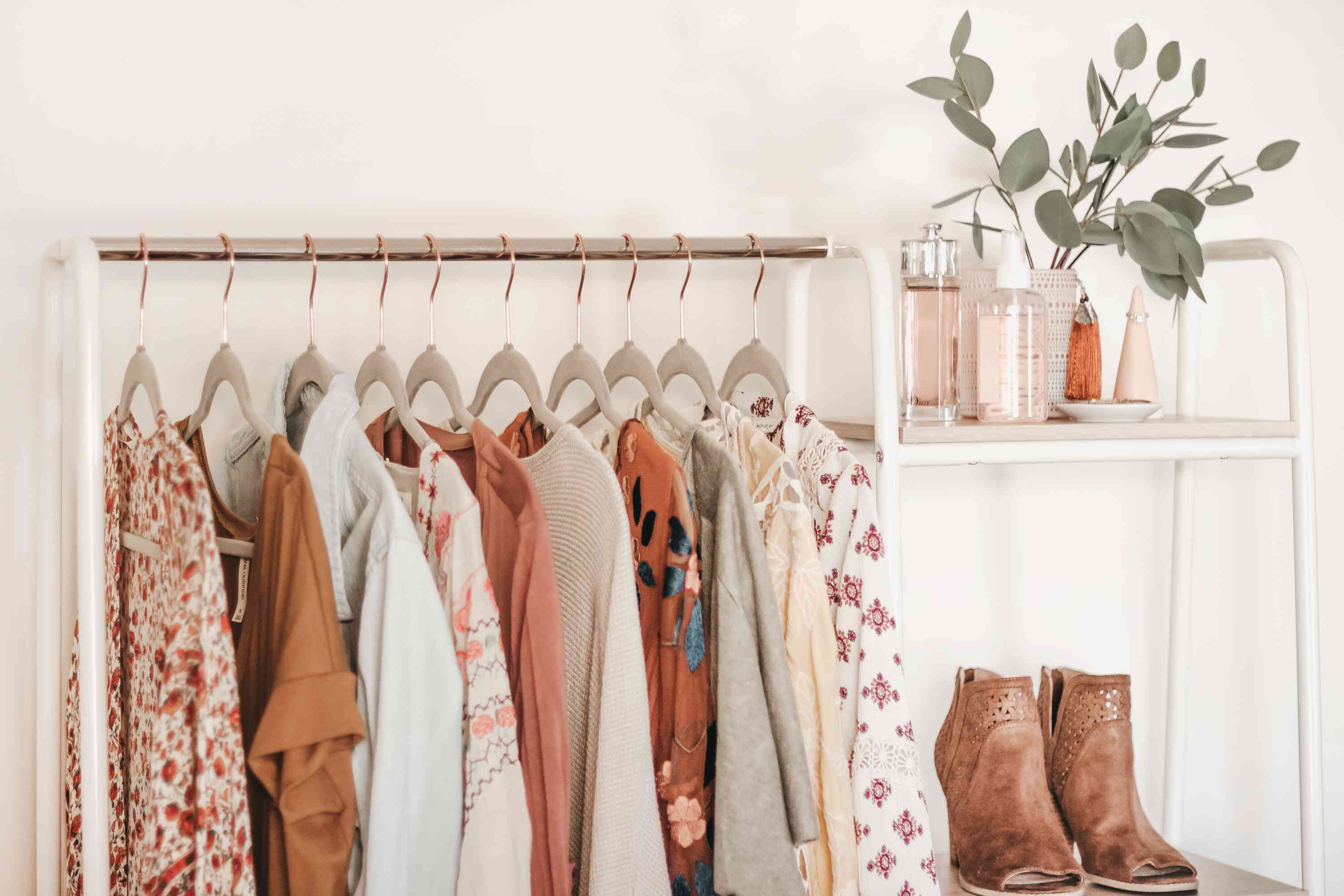

Articles
How To Store Clothes Without A Dresser
Modified: October 20, 2024
Discover creative ways to store your clothes without a dresser in these informative articles. Maximize space and organization with these storage solutions.
(Many of the links in this article redirect to a specific reviewed product. Your purchase of these products through affiliate links helps to generate commission for Storables.com, at no extra cost. Learn more)
Introduction
When it comes to organizing your clothes, having a dresser may seem like the obvious solution. However, not everyone has the luxury of owning a dresser or has enough space to accommodate one. Thankfully, there are alternative methods to store your clothes without a dresser, allowing you to maximize your space and keep your wardrobe neat and organized.
In this article, we will explore various storage solutions that can be utilized to store your clothes effectively. Whether you have a small closet or limited floor space, these clever ideas will help you make the most out of the space you have.
From utilizing hanging storage solutions to maximizng closet space and utilizing underbed storage, these tips and tricks will transform your cluttered wardrobe into a well-organized haven.
So, if you’re ready to say goodbye to the bulky dresser and hello to a more efficient and space-saving clothing storage solution, let’s dive in and explore the wonderful world of storing clothes without a dresser!
Key Takeaways:
- Maximize your space and keep your wardrobe organized without a dresser by utilizing hanging storage solutions, fabric storage bins, and underbed storage. Get creative and transform your cluttered wardrobe into a well-organized haven.
- Embrace alternative storage options such as DIY clothes racks, over-the-door organizers, wall shelving, and vacuum-sealed bags to efficiently store your clothes without a dresser. Say goodbye to clutter and hello to a well-organized clothing storage system!
Utilizing Hanging Storage Solutions
Hanging storage solutions are a practical and efficient way to store clothes without a dresser. They can help you optimize vertical space in your closet or room, utilizing the available space to its full potential.
The first step is to invest in sturdy and durable hangers that can effectively support the weight of your clothes. Consider using slim velvet hangers as they take up less space and prevent clothes from slipping off. This will help you maximize the hanging space in your closet.
Next, categorize your clothes and hang them accordingly. Group similar items together, such as shirts, blouses, dresses, skirts, and trousers. This will make it easier for you to locate specific items when needed. If you have limited closet space, consider using cascading hangers or multiple-tier hangers to hang multiple garments on a single hanger.
To further optimize your hanging storage, make use of accessories such as hanging organizers and pockets. These can be attached to your closet rod or hung on the back of your door. They provide additional storage compartments for items like accessories, socks, and underwear.
Another clever hanging storage solution is to use tension rods. Install tension rods in your closet to create extra hanging space. This can be particularly useful for storing items like scarves, ties, or belts. With tension rods, you can make use of vertical space on the walls of your closet, maximizing storage possibilities.
Don’t forget to take advantage of the inside of your closet doors. Attach hooks or over-the-door storage pockets to keep small items like hats, bags, or jewelry easily accessible and organized.
Utilizing hanging storage solutions not only helps you save space, but it also keeps your clothes wrinkle-free and easily accessible. By implementing these techniques, you can make the most out of your closet and create a well-organized and efficient storage system.
Using Fabric Storage Bins
If you’re looking for a versatile and convenient solution to store your clothes without a dresser, fabric storage bins are the way to go. These bins come in various sizes, colors, and designs, allowing you to customize your storage system to fit your needs and style.
The first step is to sort and categorize your clothes. Divide them into different categories such as tops, bottoms, activewear, or seasonal items. This will help you determine the number and size of fabric storage bins you’ll need.
Once you have your categories established, select fabric storage bins that are suitable for your clothes’ size and quantity. Opt for bins with sturdy handles for easy transportation and access. Look for bins that can stack or nest together when not in use to save space.
Labeling your fabric storage bins is essential for easy identification. Use adhesive labels or tags to clearly mark the contents of each bin. This will save you time and effort when searching for a specific item.
To optimize your storage space, consider utilizing vertical stacking techniques. Start with larger fabric storage bins at the bottom, and gradually decrease the size as you stack them up. This not only saves space but also provides a visually appealing and organized storage setup.
If you have open shelving or cubbies, you can easily slide fabric storage bins into the compartments. This allows you to create a neat and visually pleasing display while keeping your clothes easily accessible. The advantage of fabric storage bins is that they can fold flat when not in use, making them a practical and space-saving solution.
Aside from clothes, fabric storage bins are also useful for storing accessories such as belts, scarves, or hats. Use smaller bins or dividers within the bins to keep these items separate and organized.
By utilizing fabric storage bins, you can easily store and organize your clothes without the need for a dresser. These bins offer flexibility, easy accessibility, and a clutter-free storage solution for your wardrobe.
Maximizing Closet Space
When you don’t have a dresser, making the most out of your closet space becomes crucial. By optimizing your closet area, you can effectively store your clothes and keep them organized.
One of the first steps in maximizing closet space is decluttering. Take the time to go through your clothes and get rid of items you no longer wear or need. Donate or sell these items to create more room for the clothes you love and actually wear.
Next, consider utilizing space-saving hangers. Slim velvet hangers or cascading hangers can help maximize hanging space and prevent clothes from slipping off. Additionally, using specialty hangers such as multi-tier hangers or scarf hangers can help you efficiently store specific items.
Another tip to maximize closet space is to make use of shelving units. Install shelves or purchase a standalone shelving unit that fits inside your closet. Shelves provide additional storage space for folded clothes, shoes, or bins. Utilize the vertical space by stacking items or using organizers to create neat and compact storage.
If your closet has empty wall space, consider installing hooks or pegs. These can be used to hang items like bags, hats, or belts. Hanging accessories create more room for clothes on the hangers and keep smaller items organized.
Another effective way to maximize closet space is by using closet dividers. These dividers can help separate clothes by category or by different seasons, keeping your wardrobe organized and easily accessible. You can find dividers that hang directly on the closet rod or ones that clip onto hangers.
Don’t forget to utilize the floor space in your closet as well. Invest in shoe racks or shoe organizers that can hold multiple pairs of shoes and keep them off the floor. This not only saves space but also keeps your shoes well-organized and accessible.
In addition to these techniques, consider using storage solutions that can make the most out of the vertical space in your closet. Hanging shoe organizers or hanging shelves can be attached directly to the closet rod, providing extra storage for accessories or folded clothes.
By implementing these strategies, you can efficiently maximize the space in your closet and create an organized and clutter-free storage system for your clothes, even without a dresser.
Rolling and Folding Techniques
When you’re storing clothes without a dresser, utilizing effective rolling and folding techniques can make a significant difference in maximizing space and maintaining organization within your storage area.
One technique is rolling your clothes. This method works especially well for items like t-shirts, tank tops, and lightweight pants. To roll your clothes, start by laying them flat on a clean surface. Fold any sleeves or pant legs neatly. Then, starting from one side, tightly roll the garment into a compact cylinder shape. This not only saves space but also prevents wrinkles and makes it easy to see each item at a glance.
Another folding technique that works particularly well for bulkier items like sweaters or jeans is the KonMari method. This involves folding clothes into small rectangles and standing them upright in a storage bin or on a shelf. Fold the garment in half, then fold it vertically in thirds. This creates a compact rectangular shape that can easily be stacked or filed in the designated storage area.
If you have limited shelf space, consider using the file folding method. This method allows you to stack clothes vertically like files, making it easier to see and retrieve specific items. Start by folding your clothes in half lengthwise, then fold them into smaller rectangles. Stack the clothing pieces vertically, similar to how you would arrange files in a filing cabinet. This technique maximizes shelf space and keeps clothes organized and visible.
For delicate or wrinkle-prone items such as dresses or blouses, consider investing in garment bags. These bags provide protection against dust and creasing, while also allowing you to hang your clothes in your closet. The transparent bags make it easy to identify the contents, ensuring quick access when needed.
Lastly, when utilizing folding techniques, it’s important to use dividers or separators within your storage bins or shelves. This keeps folded clothes organized and prevents them from toppling over. You can use fabric drawer dividers, cardboard dividers, or even repurpose shoe boxes as dividers. Label these dividers for easy identification of different clothing categories.
By incorporating rolling and folding techniques into your clothes storage routine, you can optimize space, prevent wrinkles, and maintain a well-organized system. These methods are particularly useful when you’re storing clothes without a dresser, as they allow you to make the most of your available storage area.
Creating a DIY Clothes Rack
If you’re lacking a dresser but still need a designated space to hang your clothes, creating a DIY clothes rack can be a practical and cost-effective solution. With a few simple materials and a bit of creativity, you can build a custom clothes rack that suits your storage needs.
First, determine the size and design of your clothes rack based on the available space in your room or closet. Measure the area and consider the number of clothes you need to hang. This will help you determine the length and height of the rack.
Once you have your measurements, gather the necessary materials. You will need a sturdy wooden dowel or metal rod that will serve as the hanging rod. Make sure it is long enough to accommodate the width of your clothing.
Next, select the base for your DIY clothes rack. This can be anything from a wooden platform, a repurposed ladder, or even a combination of pipes and fittings. Choose a base that is stable and can support the weight of your clothes.
If you opt for a wooden platform, you can easily attach the hanging rod by drilling holes into the platform and inserting the rod securely. Make sure the rod is level and properly secured to prevent any accidents.
If you’re using a ladder, simply lean it against the wall and hang the rod from the rungs. This creates a unique and visually appealing clothes rack while utilizing vertical space.
If you prefer a more industrial look, consider using pipes and fittings to construct your clothes rack. This involves assembling the pipe pieces and fittings to create a sturdy frame. Attach the hanging rod to the frame using pipe clamps or flanges.
Once your DIY clothes rack is assembled, it’s time to hang your clothes. Use hangers that are suitable for the type of clothes you have and arrange them in a way that maximizes the available space.
Don’t forget to customize your DIY clothes rack by adding hooks or shelves for additional storage. Attach hooks to the side of the rack to hang bags or accessories. Alternatively, you can add a shelf above or below the hanging rod for folded clothes or shoes.
Creating a DIY clothes rack not only provides a dedicated space to hang your clothes but also allows you to add a personal touch to your storage solution. It’s a practical and versatile option, especially when you don’t have a dresser.
Use hanging organizers, storage bins, and under-bed storage to store clothes without a dresser. Utilize closet space efficiently and consider using wall-mounted hooks or shelves for additional storage.
Utilizing Underbed Storage
When you’re limited on space and don’t have a dresser, utilizing the often-ignored area under your bed can be a game-changer for clothes storage. Underbed storage allows you to maximize space while keeping your clothes easily accessible and organized.
The first step is to invest in underbed storage containers or bins. These come in various sizes and styles, including ones with wheels for easy access. Look for containers that are shallow enough to fit under your bed without touching the floor, but deep enough to accommodate folded clothes.
Before storing your clothes, it’s important to sort and declutter. Take the time to go through your wardrobe and eliminate items that you no longer wear or need. This will help you maximize the available space and keep your underbed storage organized.
When folding clothes for underbed storage, use the KonMari folding method as mentioned earlier or any other folding technique that allows for easy stacking and visibility of items. This will make it easier to retrieve specific items without disrupting the entire storage area.
Group similar items together, such as t-shirts, sweaters, or seasonal clothing, and place them in separate storage containers. This will make it easier to find what you’re looking for later on without having to rummage through everything.
Label your underbed storage containers to ensure quick and easy identification of the contents. This will save you time and effort when searching for specific items without having to pull out each container.
If you prefer a more organized approach, consider using dividers within the underbed storage containers. This will allow you to separate different categories of clothing and create clearly defined sections.
In addition to clothes, underbed storage can also be utilized for storing shoes, accessories, or even extra bedding. Utilize shoe organizers or small bins to keep shoes neatly arranged and easily accessible. For accessories like belts or scarves, consider using small pouches or dividers within the storage containers to keep them separate and prevent tangling.
Underbed storage is an excellent solution for storing clothes without a dresser, as it maximizes space that would otherwise be wasted. By utilizing this often overlooked area, you can keep your clothes organized and easily accessible while making the most out of the space you have.
Using Over-the-Door Organizers
When you’re short on space and don’t have a dresser, utilizing over-the-door organizers can be a game-changer for clothes storage. These versatile storage solutions make use of the unused space behind your doors, allowing you to keep your clothes organized and easily accessible.
The first step is to select the right over-the-door organizer for your needs. These organizers come in various sizes and designs, ranging from pockets and hooks to shelves and racks. Consider the type of clothing or accessories you want to store and choose an organizer that can accommodate them.
Install the over-the-door organizer by simply hanging it over the top of the door. Make sure it fits securely and does not interfere with the door’s opening or closing mechanism. If necessary, use adjustable hooks or straps to keep the organizer in place.
Over-the-door organizers are particularly useful for storing accessories such as scarves, belts, or hats. Hang them on individual hooks or use pocket compartments to keep them separate and easily visible. This eliminates the need to search through drawers or bins, saving you time and reducing clutter.
You can also use over-the-door organizers to store shoes. Look for organizers with shoe compartments or adjustable pockets. Arrange your shoes neatly and use the pockets to prevent them from getting scuffed or scratched.
If you have limited closet space, consider using over-the-door organizers to store folded clothes such as t-shirts, sweaters, or jeans. Look for organizers with shelves or cubbies and place your folded clothes inside. This not only saves space in your closet but also keeps your clothes easily accessible and visible.
Another option is to use the pockets of the over-the-door organizer to store small items like socks, underwear, or accessories. This helps keep these items organized and prevents them from getting lost or tangled.
Utilizing over-the-door organizers is an excellent way to maximize storage space and keep your clothes organized without the need for a dresser. With a wide range of options available, you can customize your storage solution to fit your needs and make the most out of the space behind your doors.
Utilizing Wall Shelving
When you’re in need of clothes storage but lack a dresser, utilizing wall shelving can be a practical and efficient solution. Wall shelving not only allows you to maximize vertical space but also adds a decorative element to your room.
The first step is to assess the available wall space in your room or closet. Measure the area and consider the number of clothes you need to store. This will help you determine the size and number of shelves you’ll need.
Next, consider the type of shelving that works best for your needs and complements your room’s aesthetic. You can choose from floating shelves, wall-mounted shelves, or even repurpose bookshelves or crates as shelving units.
Install the wall shelves securely, ensuring they are level and can support the weight of your clothes. Follow the manufacturer’s instructions and use appropriate hardware for the type of wall you have (such as screws, anchors, or brackets).
Once the shelves are installed, it’s time to organize your clothes. Categorize them based on type, such as tops, bottoms, dresses, etc. This will help you determine how to distribute your clothes across the shelves.
If you have folded clothes, use the shelves to display them in an organized and visually pleasing manner. Utilize dividers or bins to keep different categories of clothes separate and prevent them from toppling over. Label these dividers or bins for easy identification.
Hanging clothes can also be stored on wall shelves using hooks or hangers. Install hooks on the underside of the shelves to hang items like bags, scarves, or belts. You can also use hanging organizers or fabric bins with hooks on the back to store smaller clothing items or accessories.
For a more aesthetically pleasing display, consider arranging your clothes by color or style. This not only adds visual appeal but also makes it easier to locate specific items when needed.
Utilizing wall shelving not only provides additional storage space for your clothes but also allows you to create a customized and visually appealing display. With a bit of creativity and organization, your wall shelves can become an integral part of your room decor while keeping your clothes neatly organized and easily accessible.
Read more: How To Store Clothing Without A Dresser
Implementing Vacuum-Sealed Bags
When it comes to storing clothes without a dresser, vacuum-sealed bags can be a game-changer. These airtight bags not only save space but also protect your clothes from dust, moisture, and insects. Implementing vacuum-sealed bags can help you maximize storage capacity and keep your clothes in pristine condition.
The first step is to choose the right size vacuum-sealed bags for your clothes. These bags come in various sizes, ranging from small to extra-large. Consider the quantity of clothes you need to store and select bags that can accommodate your needs. It’s recommended to choose bags that are durable and have a sturdy seal to ensure long-lasting protection.
Sort your clothes into categories, such as tops, bottoms, or seasonal items, to make packing and organizing easier. This will also help you determine how many bags you’ll need for each category.
To utilize vacuum-sealed bags, simply place your folded clothes inside the bag, making sure not to overstuff it. It’s essential to leave enough space for the bag to compress when vacuumed. Be mindful of any delicate or easily wrinkled fabrics, and consider using a layer of tissue paper or garment bags to provide extra protection.
Once your clothes are inside the bag, use a vacuum cleaner or a handheld vacuum sealer to remove the air from the bag. Start by sealing the bag tightly, then attach the vacuum cleaner to the designated valve and turn it on. The vacuum will remove the air, compressing the bag and making it flat. Once the bag is fully compressed, quickly remove the vacuum cleaner and seal the valve tightly to maintain the vacuum seal.
Label the vacuum-sealed bags with the contents or category of clothes to make it easier to locate specific items later on. This will save you time and effort when you need to access your clothes in the future.
Once sealed, store the vacuum-sealed bags in a cool, dry place away from direct sunlight. Underneath the bed, in a closet, or on a high shelf are all great options. Avoid storing them in areas with extreme temperatures or high humidity, as this can affect the integrity of the vacuum seal.
When you need to retrieve clothes from the vacuum-sealed bags, simply open the bag and let the air flow back in. The clothes will return to their original shape and can be easily taken out for use.
Implementing vacuum-sealed bags not only saves space, but it also protects your clothes from potential damage. By removing excess air, these bags allow you to store a greater quantity of clothes in a compact and organized manner.
Conclusion
Storing clothes without a dresser may initially seem challenging, but with the right strategies and storage solutions, it can be easily accomplished. By utilizing hanging storage solutions, fabric storage bins, maximizing closet space, rolling and folding techniques, creating a DIY clothes rack, utilizing underbed storage, using over-the-door organizers, implementing wall shelving, and utilizing vacuum-sealed bags, you can maximize your storage capacity and keep your clothes organized and accessible.
Whether you have a small living space or are simply looking for alternative storage options, these methods offer practical and creative solutions to store your clothes effectively. By optimizing every available space, from your closet to the area under your bed and even the walls, you can create a customized and well-organized system that suits your needs.
Remember to sort and declutter your clothes before implementing these storage solutions. By getting rid of items you no longer need or wear, you’ll create more space for the clothes you love and improve the efficiency of your storage system.
Additionally, labeling and categorizing your clothes will make it easier to find specific items as you navigate through your storage solution. Grouping similar items and using dividers will keep everything organized and prevent confusion.
With a bit of creativity, organization, and the right storage solutions, you can successfully store your clothes without a dresser. By incorporating these techniques, you can transform even the smallest spaces into functional and visually appealing storage areas.
Now it’s time to start implementing these strategies to store your clothes effectively and relish in the satisfaction of a well-organized wardrobe. Say goodbye to cluttered spaces and hello to a neat and efficient clothing storage system!
Frequently Asked Questions about How To Store Clothes Without A Dresser
Was this page helpful?
At Storables.com, we guarantee accurate and reliable information. Our content, validated by Expert Board Contributors, is crafted following stringent Editorial Policies. We're committed to providing you with well-researched, expert-backed insights for all your informational needs.
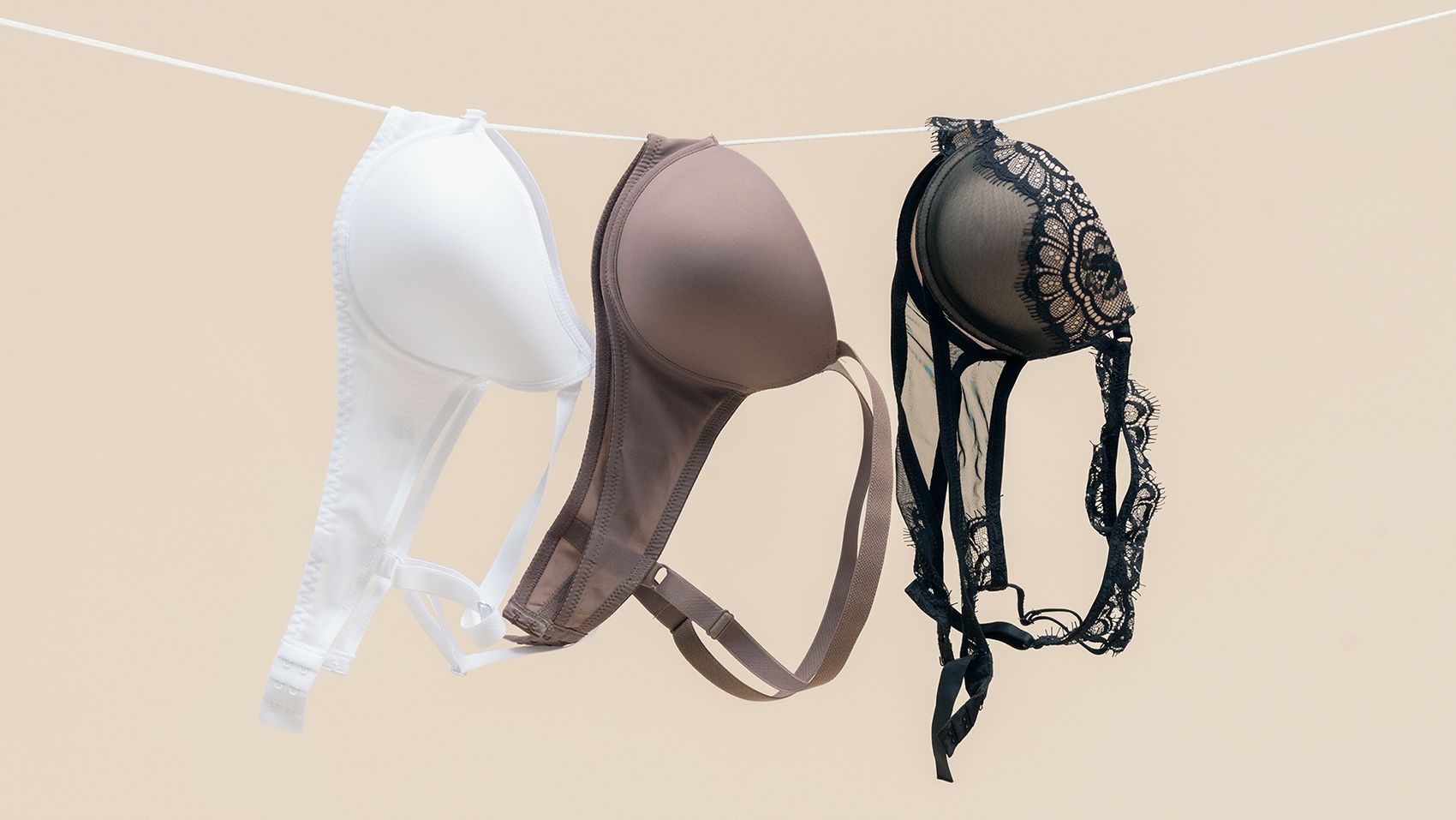
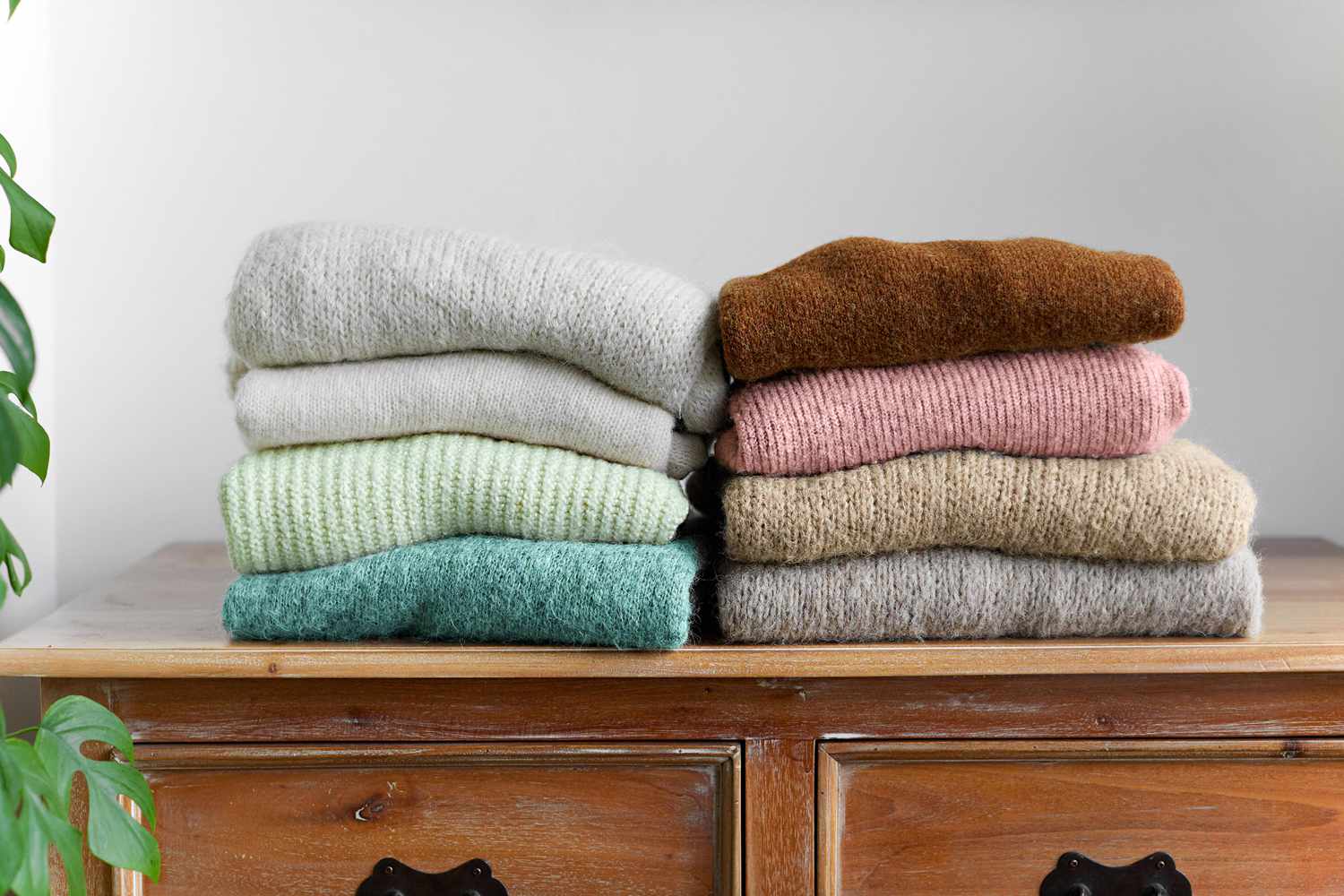
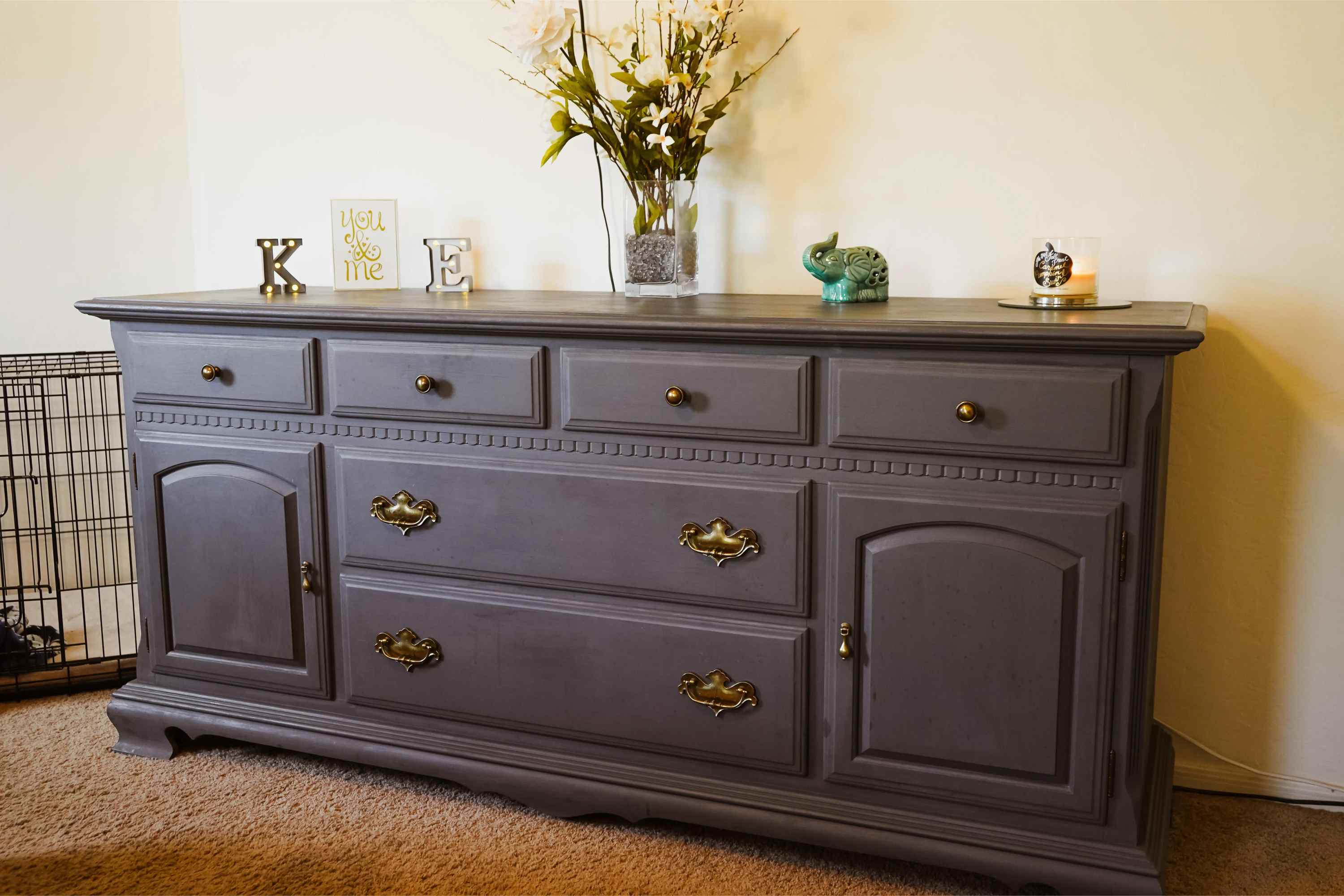

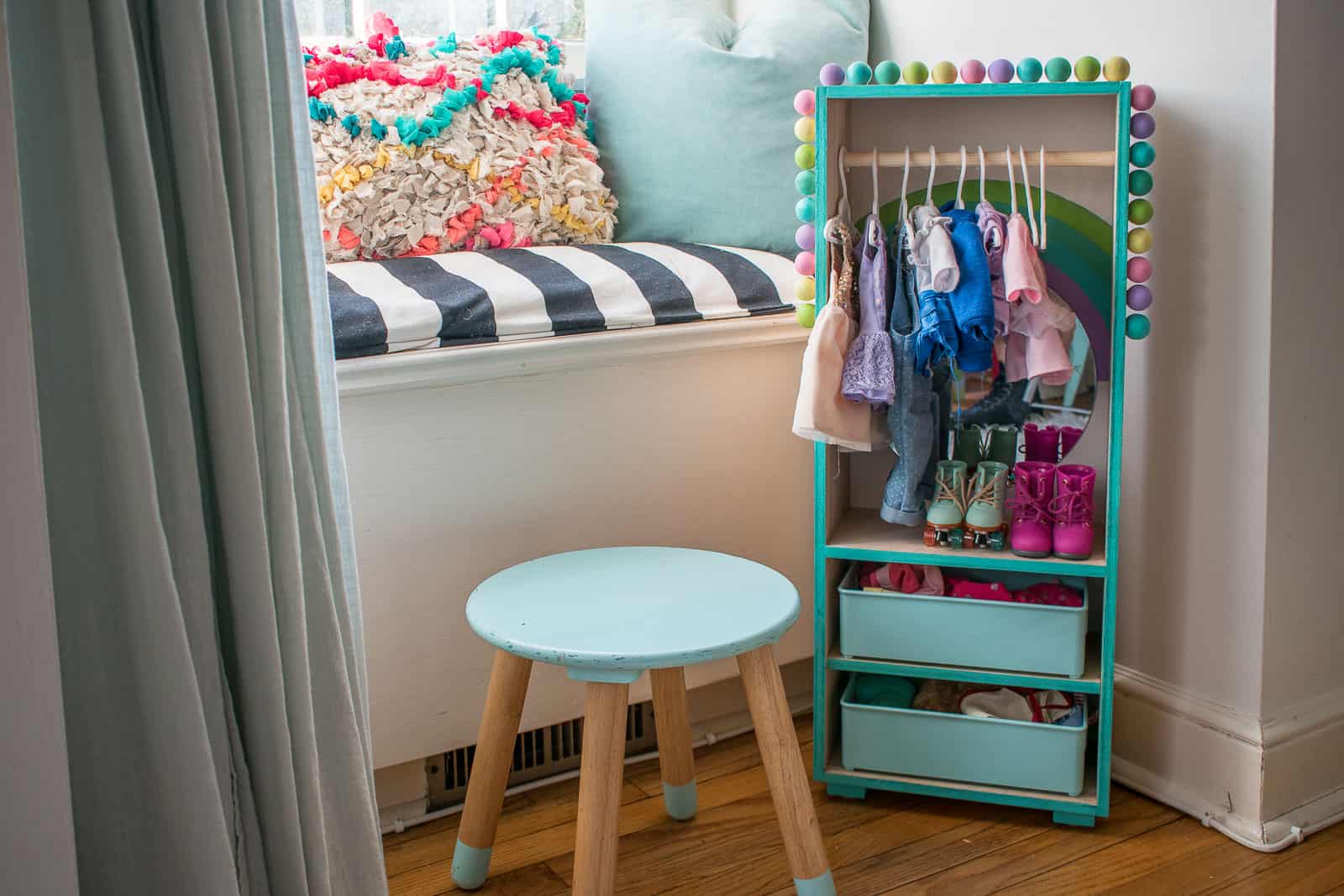
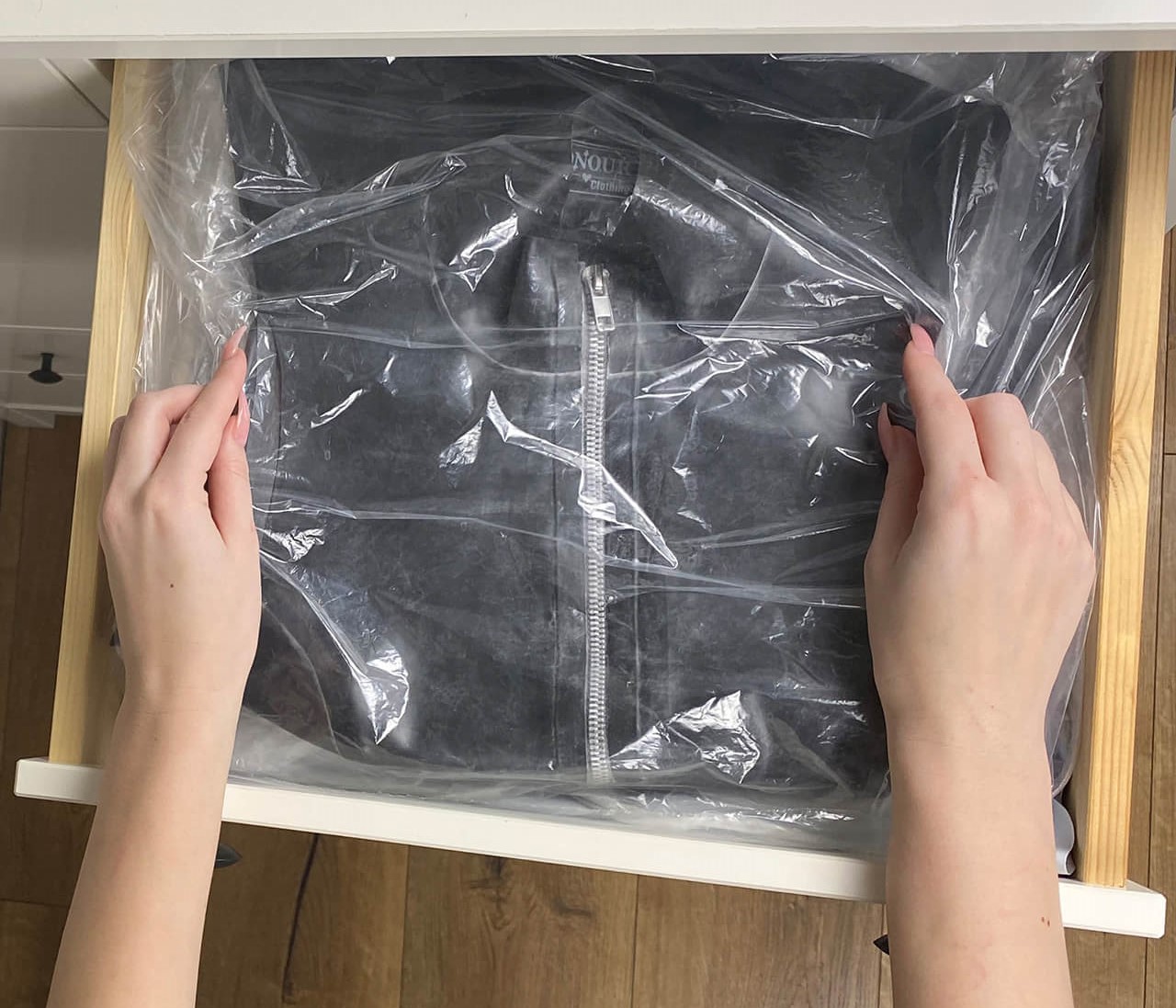
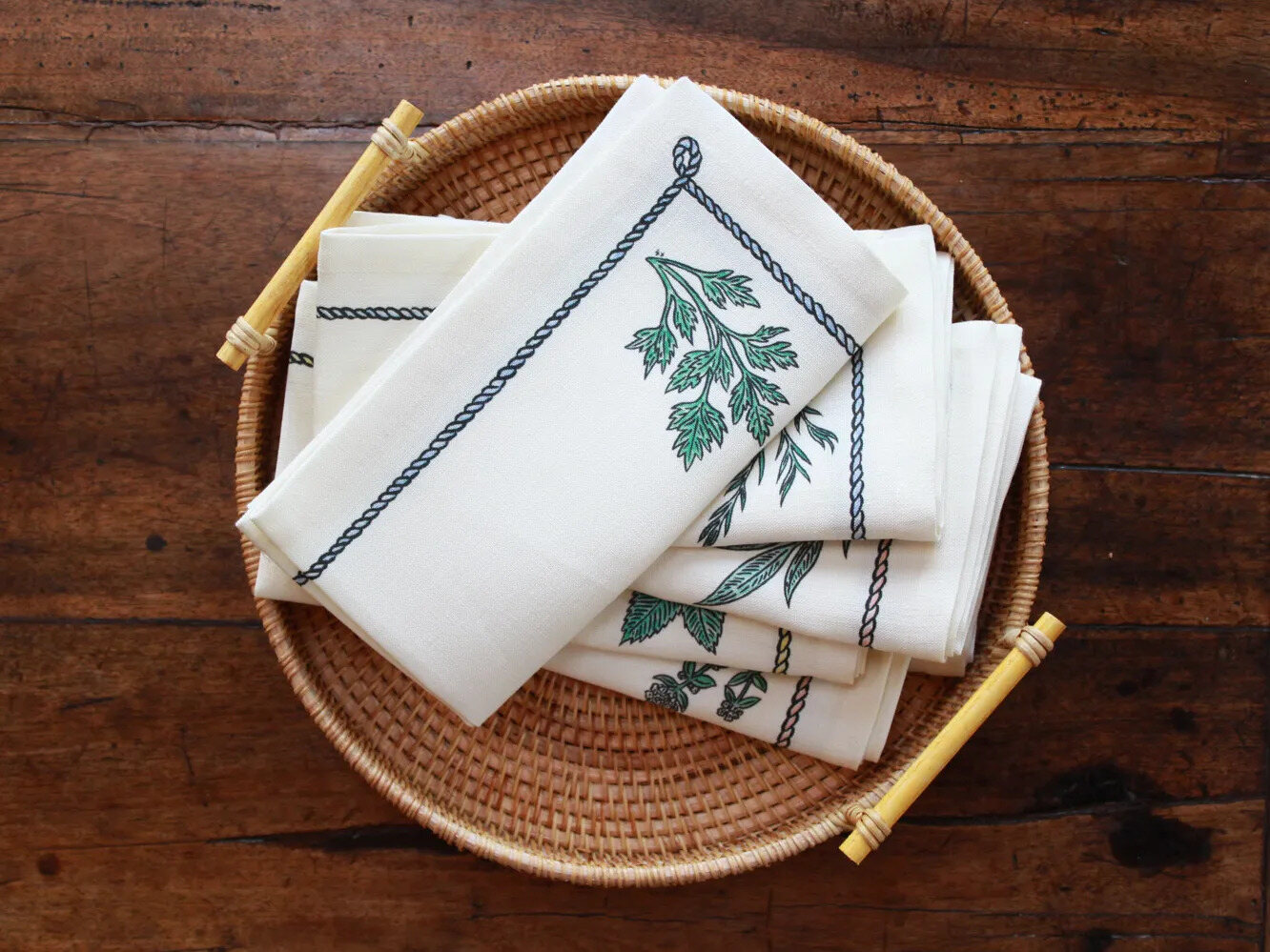

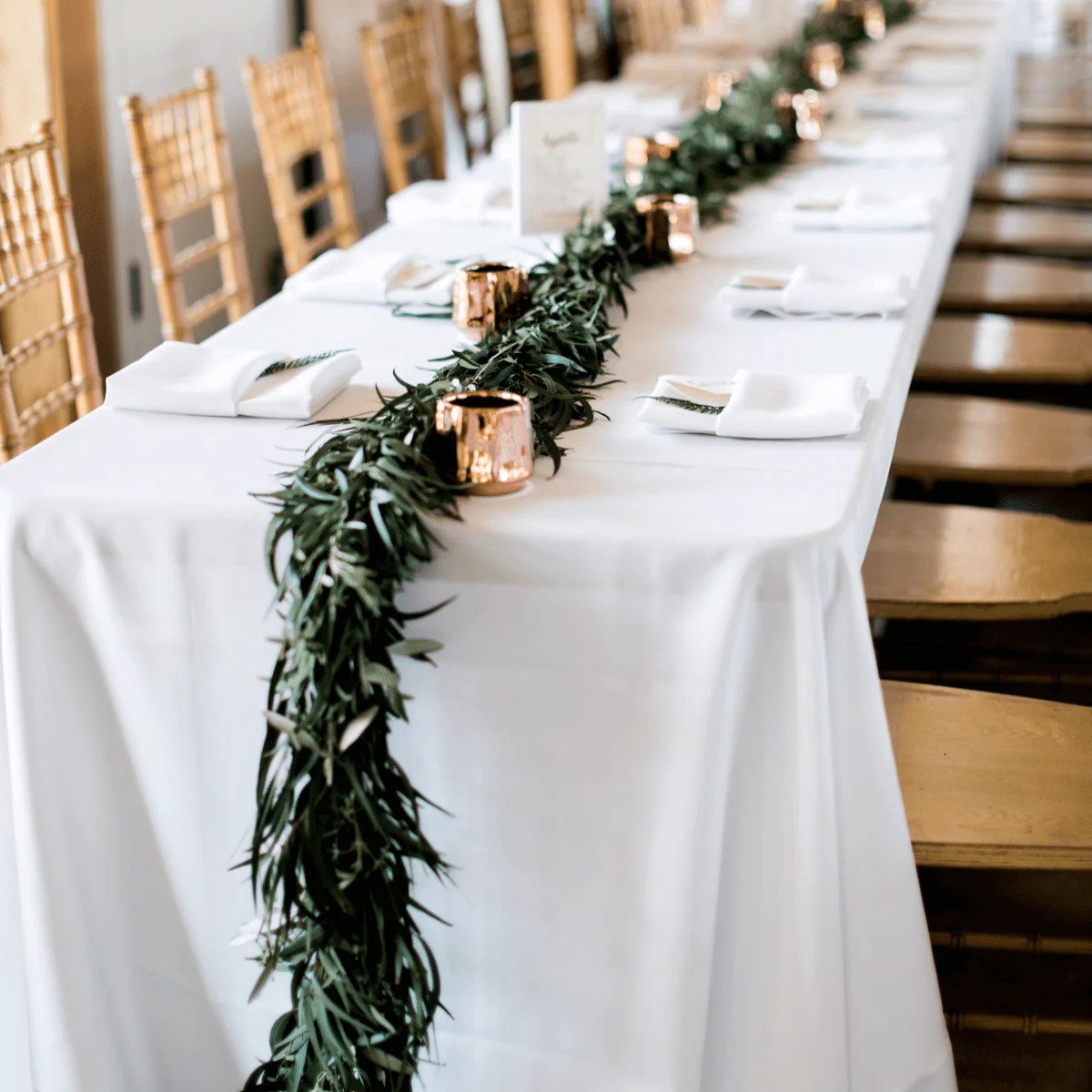
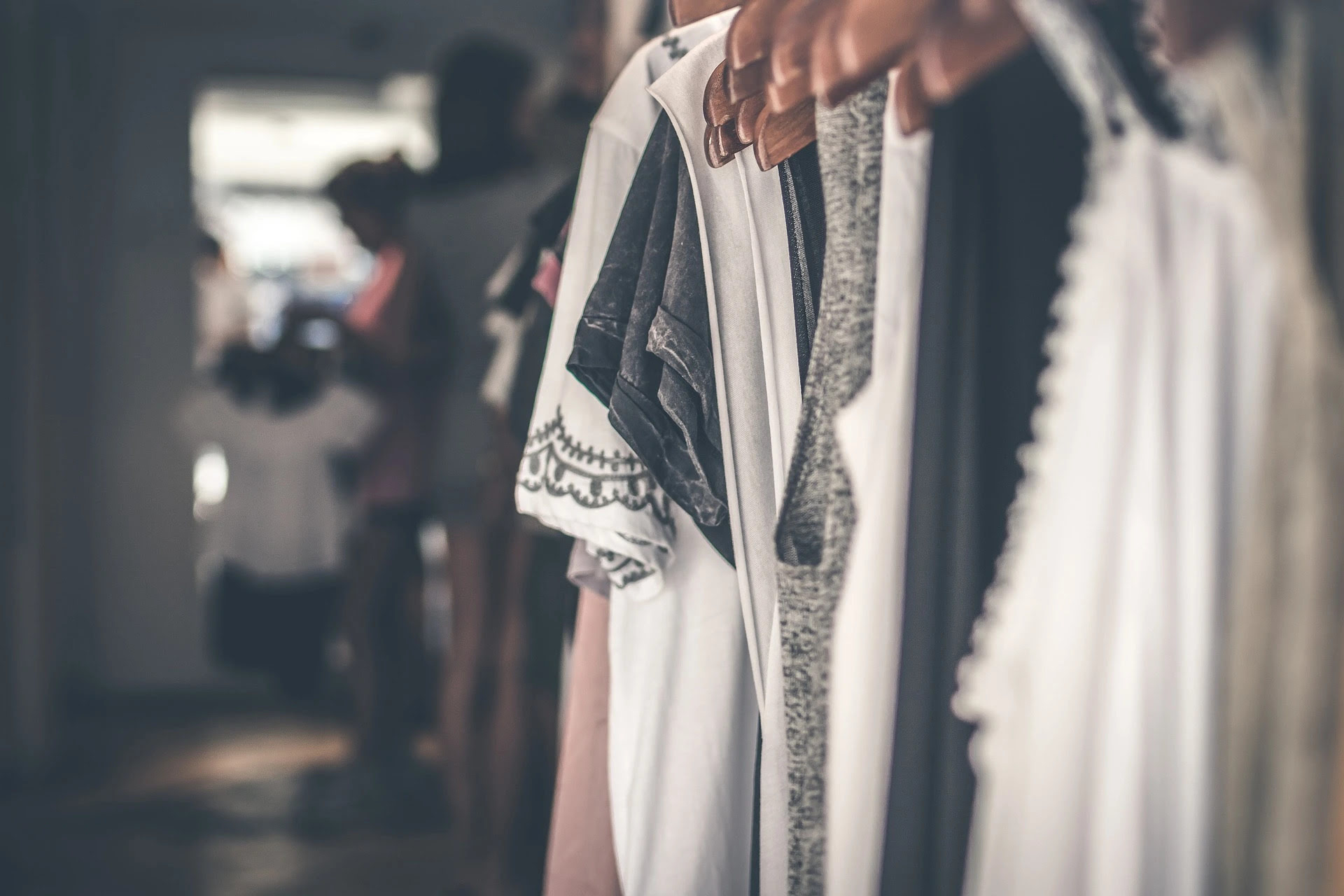

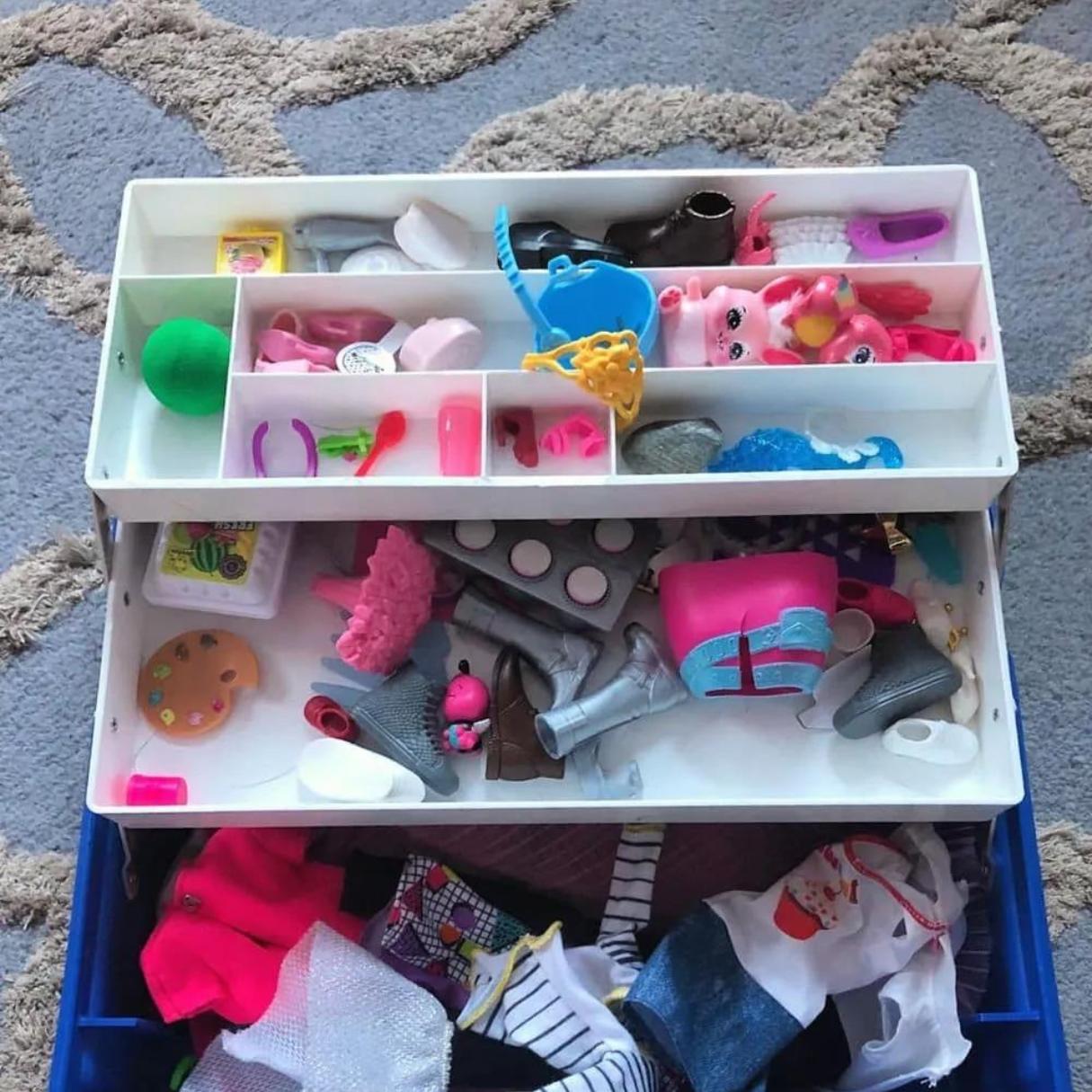


0 thoughts on “How To Store Clothes Without A Dresser”